As global warming accelerates, the natural habitats of many species are being altered, posing significant challenges to their survival. Among these affected species are big cats: majestic creatures such as lions, tigers, leopards, and jaguars. Understanding how these magnificent animals adapt to climate change is crucial for developing conservation strategies to ensure their survival in an ever-changing world.
The Vulnerability of Big Cats
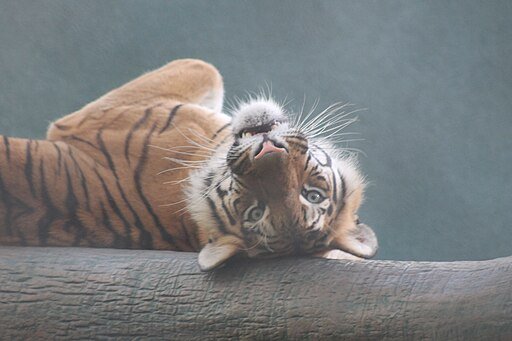
Big cats are particularly vulnerable to climate change due to their position as apex predators and their reliance on specific ecosystems. Changes in climate can disrupt prey availability, diminish habitat space, and lead to conflicts with humans. This makes understanding their adaptive strategies vital for conservation efforts.
Range Shifts in Search of Suitable Habitats
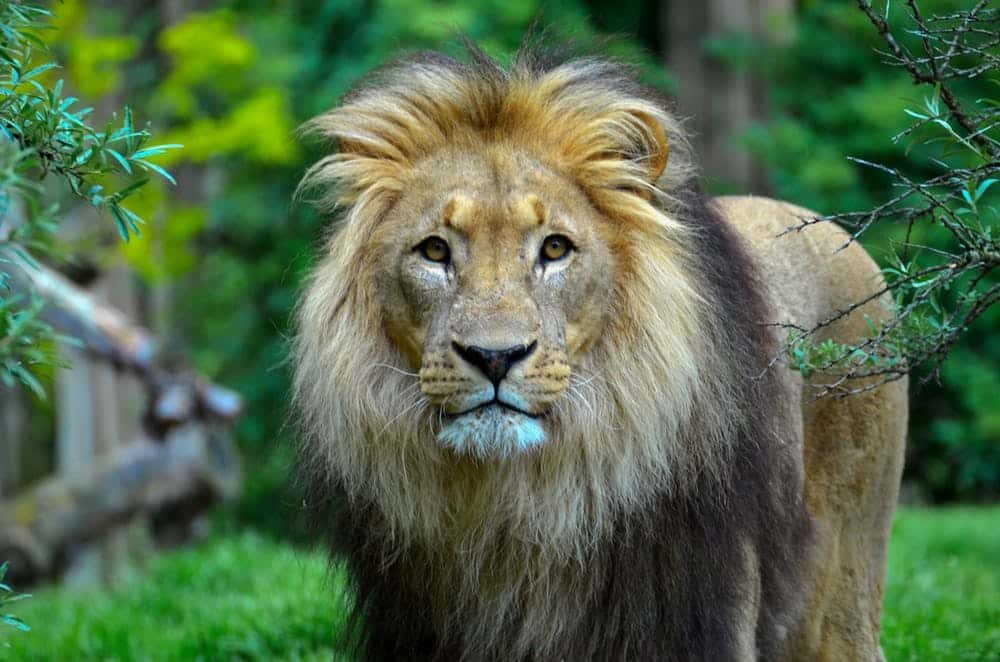
As their traditional habitats become inhospitable due to rising temperatures and altered precipitation patterns, big cats are shifting their ranges. For instance, snow leopards in the Himalayas are moving to higher altitudes where temperatures remain cooler, while Bengal tigers are seeking new territories as sea levels rise in the Sundarbans.
Changes in Prey Dynamics
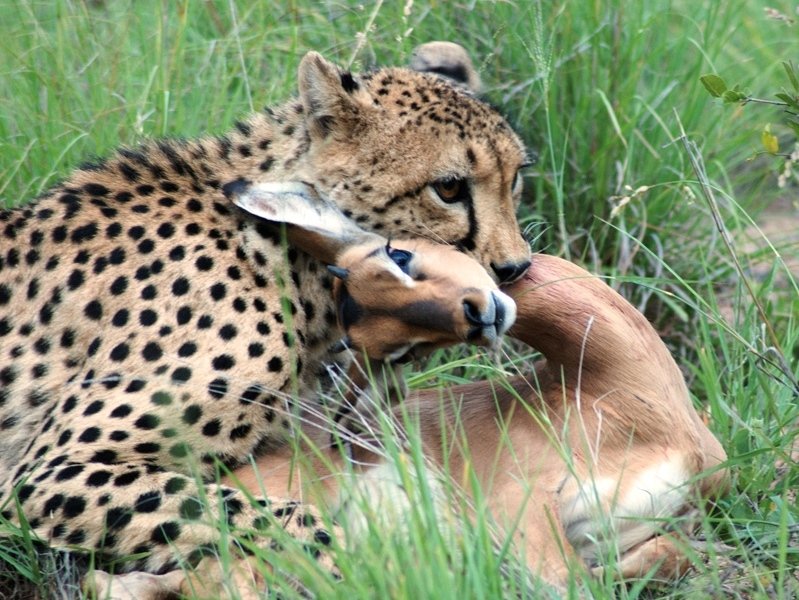
Climate change impacts not only the big cats but also their prey. As ecosystems shift, the availability and type of prey may alter, forcing big cats to adapt their hunting strategies. Leopards, known for their versatile diet, may have an edge due to their ability to exploit various prey options when typical food sources become scarce.
Adapting Hunting Strategies
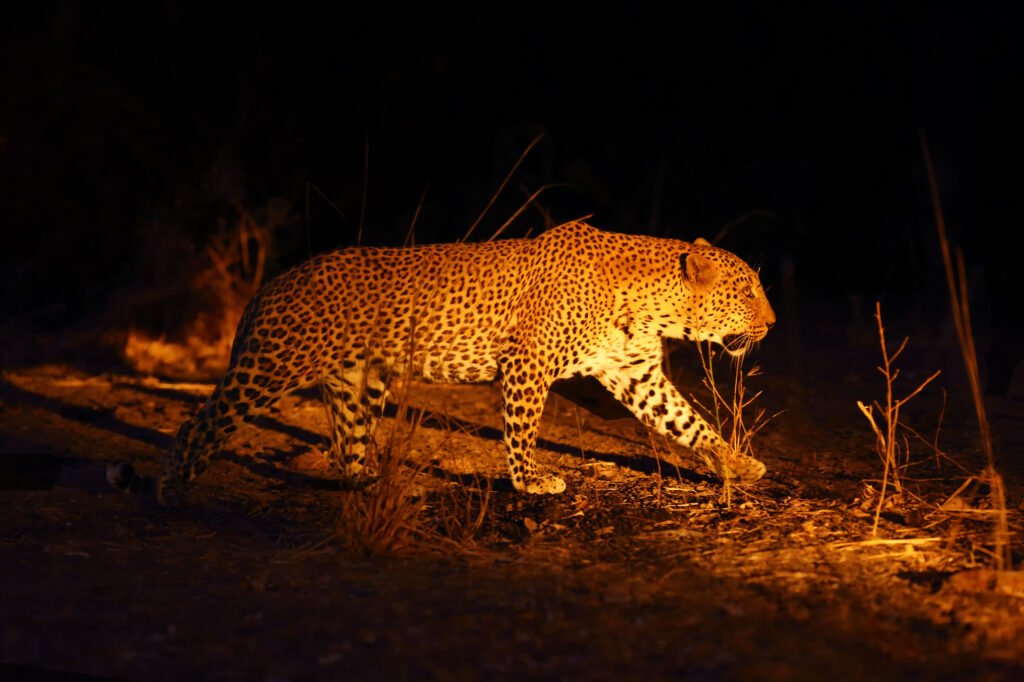
Big cats are adapting their hunting techniques to cope with changes in prey abundance and behavior. For example, cheetahs, known for their incredible speed, might need to conserve energy more effectively as they hunt over larger areas due to a decrease in prey density.
Utilization of Human-Altered Landscapes
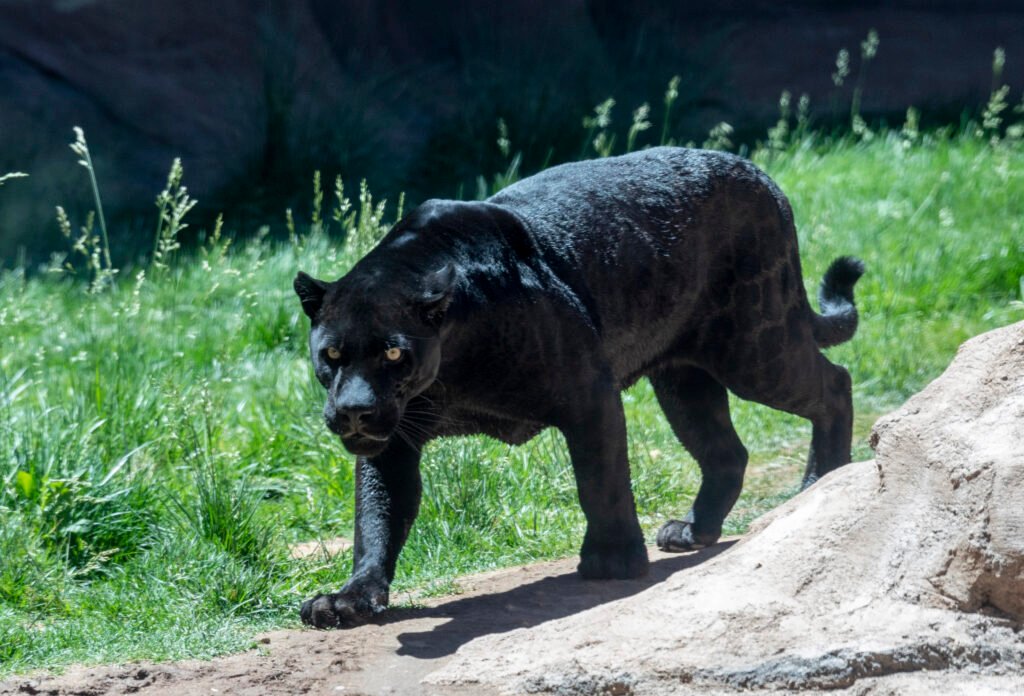
As natural habitats shrink, big cats sometimes venture into human-dominated landscapes in search of food and shelter. This adaptation, however, often leads to increased human-wildlife conflicts. Efforts are being made to promote coexistence through improved land-use planning and community-based conservation projects.
Physiological Adaptations
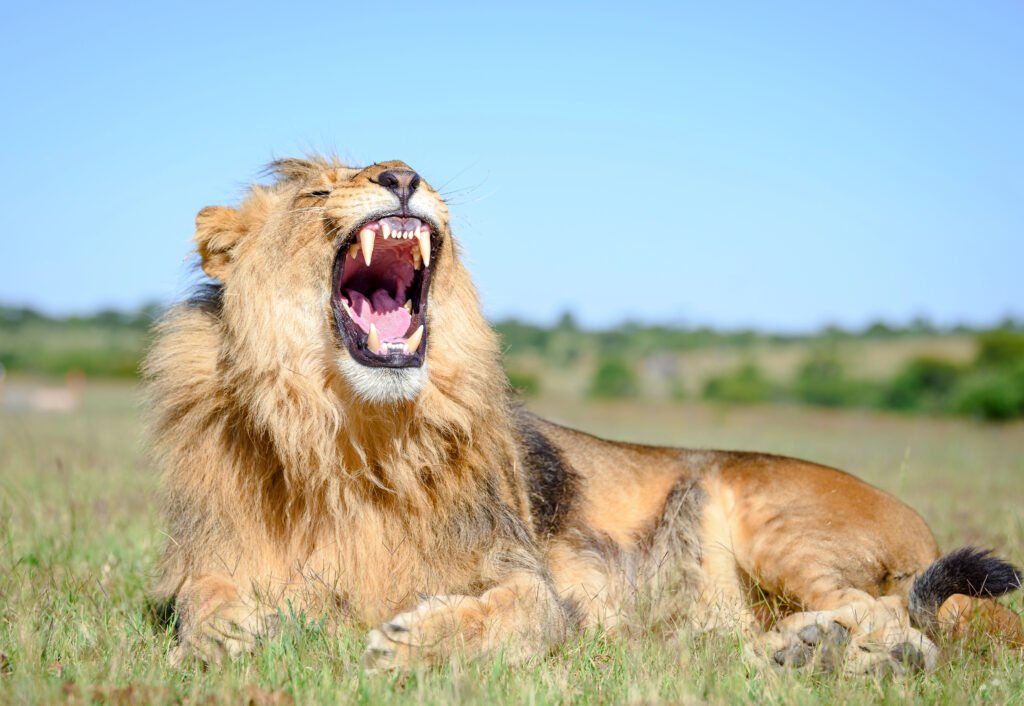
Physiological changes can play a role in how big cats respond to climate change. While research is ongoing, some studies suggest that changes in body size, coat density, or reproductive patterns might occur as these animals adjust to their changing environments.
Role of Genetics and Evolution
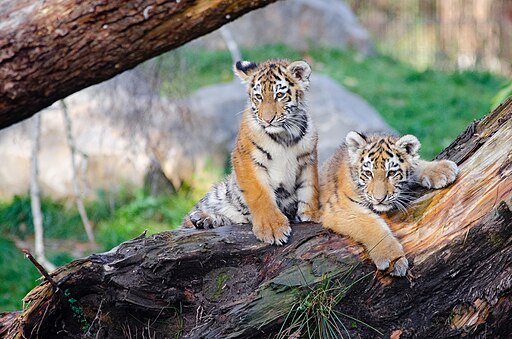
Adaptation to rapidly changing environments may also occur on a genetic level. Populations with greater genetic diversity are likely more resilient, as they have a wider range of traits that can be beneficial in new conditions. Conservationists are focusing on preserving genetic diversity as a buffer against climate change impacts.
The Importance of Protected Areas

Protected areas play a crucial role in providing safe havens for big cats amidst a changing climate. Expansion and effective management of these areas can mitigate the impacts of climate change, helping to preserve critical habitats and migration corridors.
The Role of Technology and Scientific Research
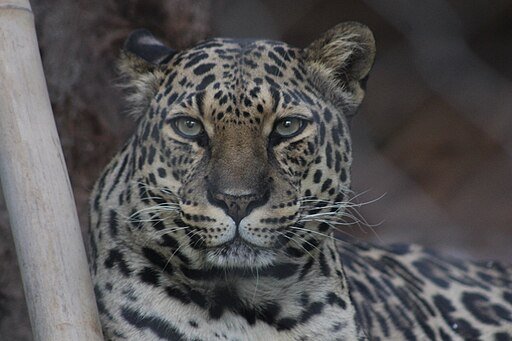
Innovative technologies, such as satellite tracking and camera traps, are essential tools for monitoring big cats’ responses to climate change. These technologies allow researchers to gather detailed data on movement patterns, behavior, and physiological changes, informing effective conservation strategies.
Conservation Initiatives and Community Engagement

For big cats to successfully adapt to climate change, collaborative efforts involving local communities, governments, and international organizations are vital. Initiatives focusing on reducing human-wildlife conflict, habitat restoration, and climate adaptation strategies for local economies can support both human and feline populations.
Conclusion: A Future for Big Cats
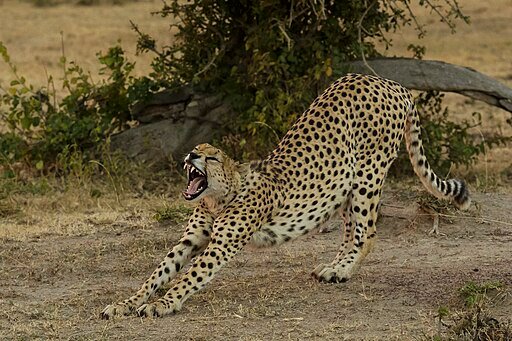
While the challenges posed by climate change are formidable, big cats are demonstrating remarkable resilience. By understanding and supporting their adaptive strategies through conservation efforts, technology, and community engagement, we can help ensure that these iconic animals continue to roam our planet for generations to come.






